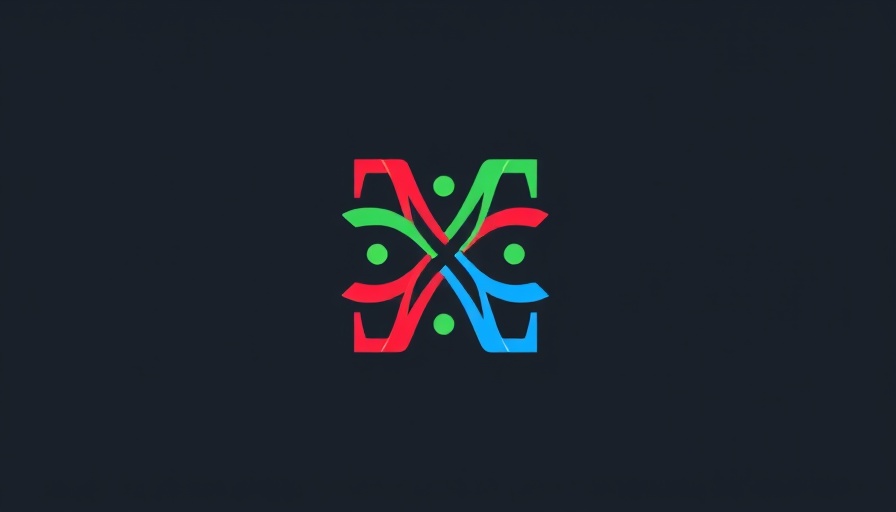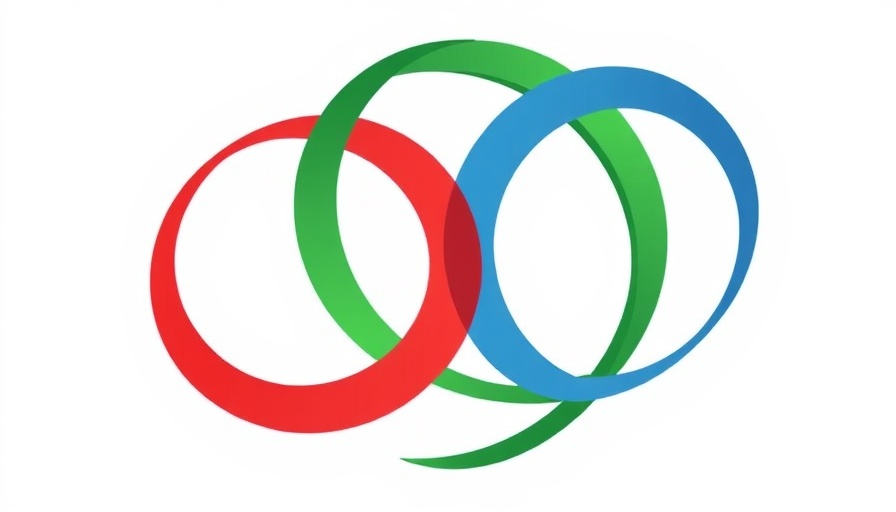
Powering the Future: Ethiopia's Role in East African Integration
Ethiopia stands at a transformative crossroads in East Africa, positioning itself not just as a national power, but as a pivotal hub of regional integration and energy leadership. With its ambitious investments in renewable energy, particularly hydropower, Ethiopia is morphing from an energy importer into a vital energy exporter, striving to elevate neighboring economies while bridging developmental divides across the Horn of Africa.
Hydropower: The Backbone of Regional Growth
At the forefront of Ethiopia's energy strategy is the Grand Ethiopian Renaissance Dam (GERD), a monumental project that serves dual purposes: generating power and promoting regional cooperation. As Ethiopia nears the dam's full operational capacity, expectations mount regarding its potential to supply reliable electricity to bordering countries like Kenya, Sudan, and Djibouti through extensive transmission line networks. This initiative not only aims to stabilize energy prices but also to enhance energy security throughout the region, a necessity for accelerating industrial growth in economies frequently crippled by power shortages.
Diplomatic Energy Deals: A pathway to Cooperation
While energy generation remains the centerpiece of Ethiopia's ambitions, its strategy integrates a broader diplomatic framework, asserting that powering neighboring nations epitomizes solidarity and a shared destiny. Projects like the 500kV transmission line to Kenya exemplify Ethiopia's commitment to an interconnected power grid in East Africa. As these initiatives unfold, they are anticipated to catalyze various socio-economic benefits that transcend mere energy supply, fostering a sense of regional unity fueled by shared resources.
Challenges and Controversies: Navigating Regional Dynamics
Despite Ethiopia's efforts towards transparency, the construction of the GERD has drawn skepticism and opposition from downstream countries primarily worried about water rights and environmental impacts. However, Ethiopia's engagement with diverse stakeholders aims to dissipate tensions by allowing international observers to access the dam site, exemplifying a willingness to uphold trust and collaborative dialogue. This approach not only addresses geopolitical anxieties but also underscores Ethiopia's commitment to utilizing shared resources for communal development.
Investing in Africa's Energy Landscape
For investors and policymakers, Ethiopia's energy narrative presents a unique opportunity. The growing need for reliable energy across East Africa opens a myriad of possibilities for investment in infrastructure and renewable energy projects. By harnessing Ethiopia's leadership in energy generation, stakeholders can play a significant role in shaping Africa’s global economic status while addressing pressing power supply issues that inhibit growth.
Call to Action: Shaping a Sustainable African Future
It’s essential for business leaders and policymakers to remain engaged with the evolving dynamics of East Africa’s energy sector. By investing in collaborative energy projects and sustainable practices, stakeholders can contribute to a more prosperous, integrated, and resilient African economy that not only lights homes but also paves pathways for peace and regional cooperation.
 Add Row
Add Row  Add
Add 


 Add Row
Add Row  Add
Add 

Write A Comment